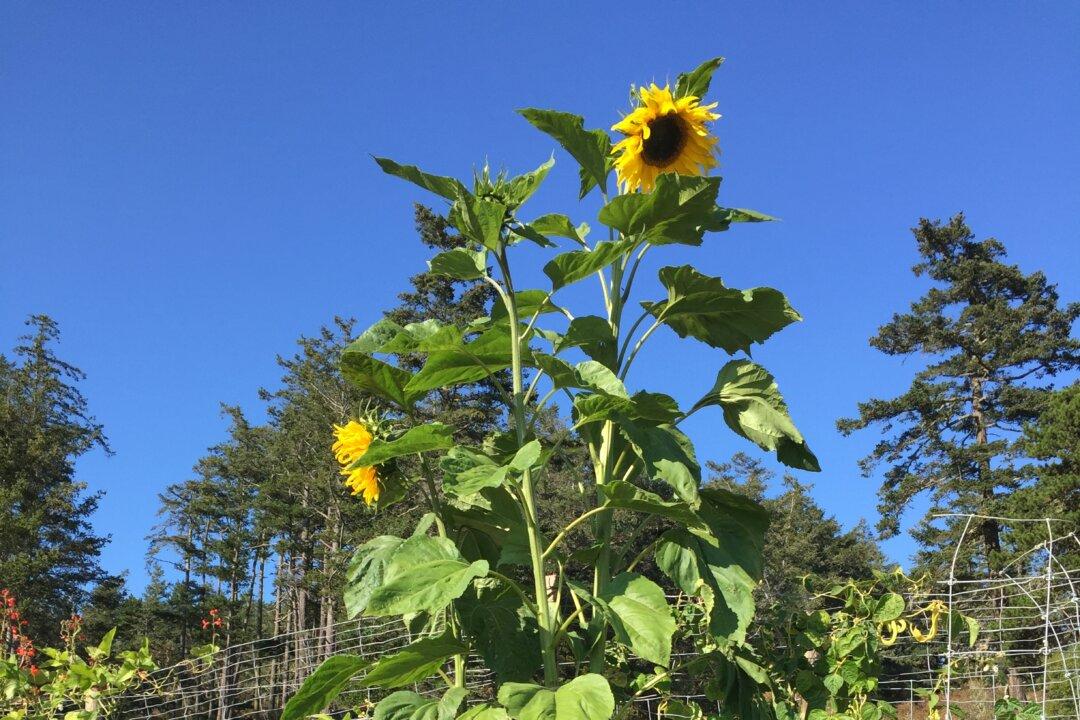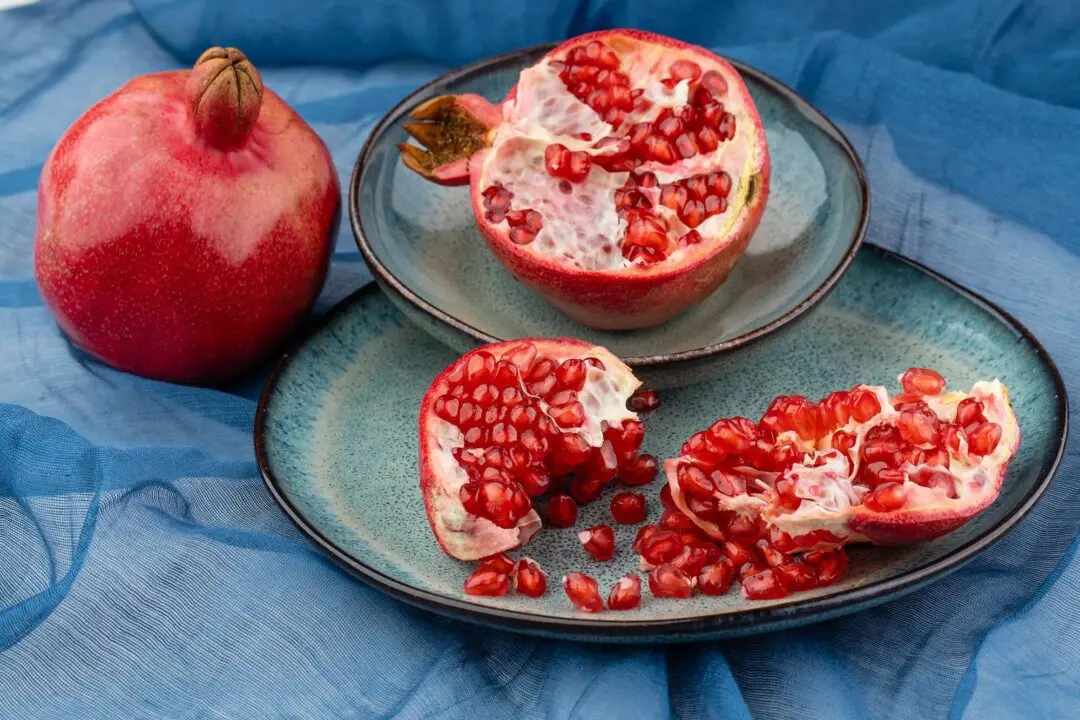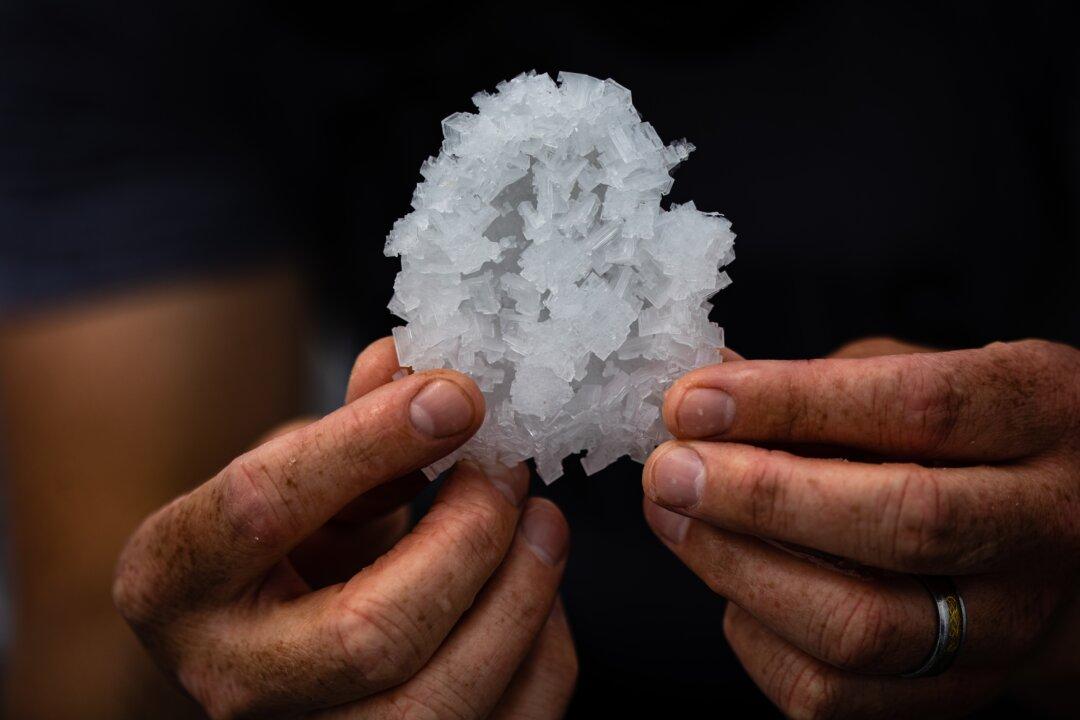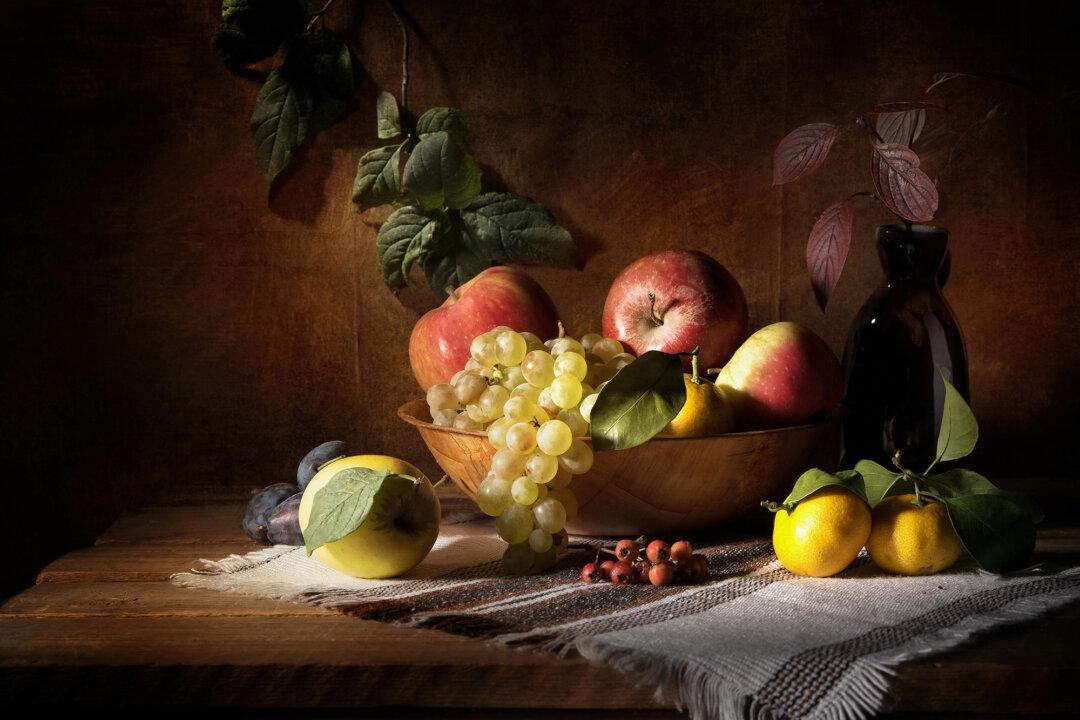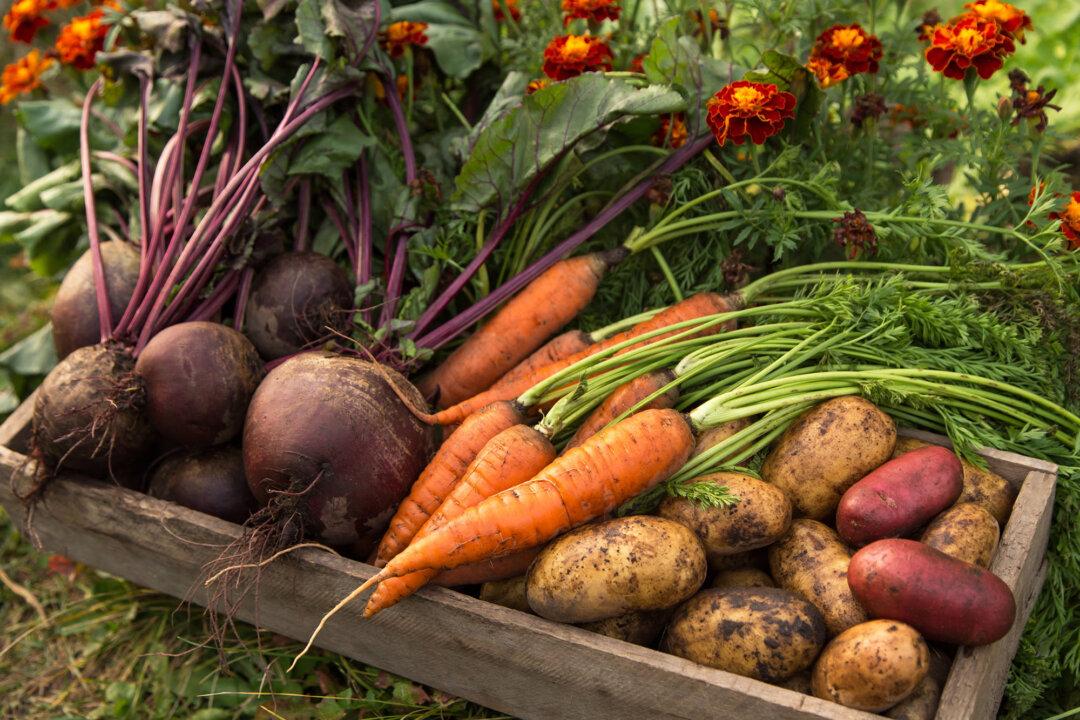Summer’s here, and my garden volunteers are all hard at work. As always.
Last night’s supper was pasta primavera with herb pesto made with cilantro, fennel, and anise hyssop. The dinner table centerpiece was a bouquet of tall snapdragon spires. I did not plant any of these. Not this year, anyhow.

